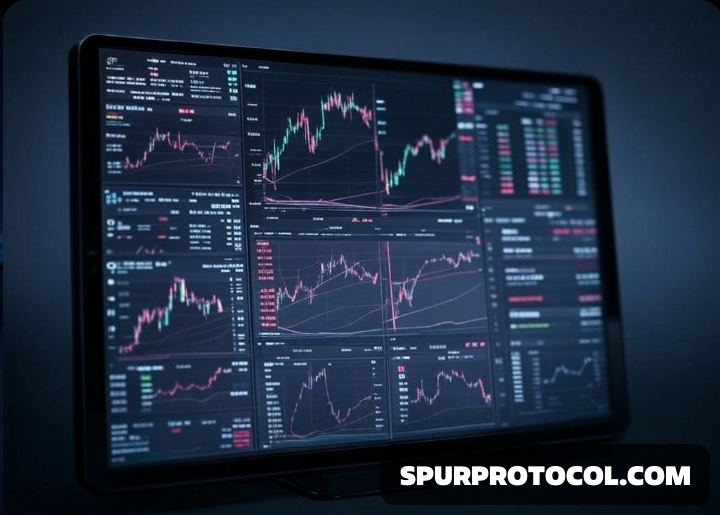In the burgeoning world of cryptocurrency, Decentralized Exchanges (DEXs) have emerged as a pivotal innovation, offering users a way to trade digital assets without the need for a central authority. Here's a detailed guide on how to use DEX, the benefits they offer, and what you should be aware of.
What is a DEX?
A DEX operates on blockchain technology, where transactions are peer-to-peer and managed by smart contracts rather than a central entity. This means that users retain control over their assets at all times, reducing the risks associated with centralized exchanges like hacks or abrupt service shutdowns.
Getting Started with a DEX
Choose Your DEX:
Popular DEX platforms include Uniswap, SushiSwap, Curve Finance, and PancakeSwap, each with unique features. Uniswap, for instance, is known for its wide variety of tokens on Ethereum, while PancakeSwap is prominent on the Binance Smart Chain for lower transaction fees.
Set Up Your Wallet:
A non-custodial wallet like MetaMask, Trust Wallet, or Ledger is essential. Connect this wallet to your chosen DEX. Ensure your wallet is funded with the native blockchain token needed (like ETH for Ethereum-based DEXs or BNB for Binance Smart Chain).
Understand Gas Fees:
Transactions on DEXs require gas fees, which are payments made to miners or validators for processing transactions on the blockchain. These fees can fluctuate based on network congestion. It's wise to check current gas prices via services like ETH Gas Station before trading.
Navigate to Trade:
Once your wallet is connected, you can navigate to the trading interface. Here, you'll input how much of one token you want to swap for another. The platform will show you the estimated amount you'll receive post-swap, considering the current market conditions and liquidity.
How to Execute a Trade
Select Tokens: Find the tokens you wish to trade. Most DEXs have a search function, or you can paste the token's contract address if it's not listed.
Input Amount: Decide how much you want to trade. The interface will display how much you'll get in return, factoring in the liquidity pool's current state.
Review and Confirm: Before confirming, review the details. Ensure the transaction details, including the token addresses, amounts, and current gas fees, are correct.
Transaction Confirmation: After confirming, you'll need to authorize the transaction via your wallet. This step will require you to pay gas fees. Once confirmed, the transaction will be broadcasted to the blockchain for processing.
Advanced Features:
Liquidity Pools: Users can add liquidity to pools and earn trading fees. This involves depositing an equivalent value of two tokens, creating a market for others to trade. In return, you get LP (Liquidity Provider) tokens which can be staked for additional rewards.
Yield Farming: Some DEXs allow for yield farming, where you can stake your LP tokens to earn additional tokens as rewards. However, this comes with risks, including impermanent loss.
Security Considerations:
Smart Contract Risks: Since DEXs operate via smart contracts, any vulnerability can be exploited. Always ensure the DEX has been audited by reputable security firms.
Phishing Scams: Be wary of fake websites or phishing attempts that mimic real DEX interfaces. Always double-check the URL.
Slippage: Especially in volatile markets, the price can change between your transaction submission and confirmation. Setting appropriate slippage tolerance can help manage this risk.
Conclusion
Using a DEX offers unparalleled control over your assets but requires a learning curve. Always do your research, understand the fees, and be aware of the blockchain you're transacting on. The decentralized nature of these exchanges aligns with the ethos of cryptocurrency but comes with its set of challenges and responsibilities. As the crypto space evolves, so too will DEXs, potentially becoming even more accessible and user-friendly.
This guide should provide a solid foundation for anyone looking to explore the capabilities and nuances of trading on a decentralized exchange. Remember, with great control comes great responsibility in the crypto world.

